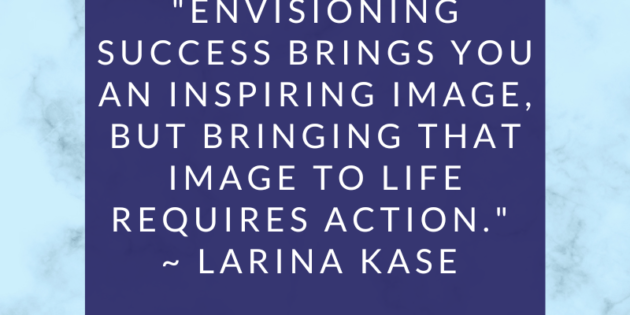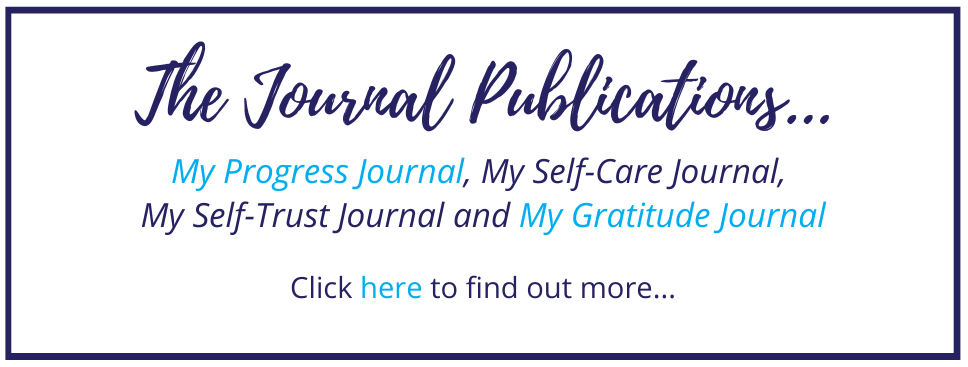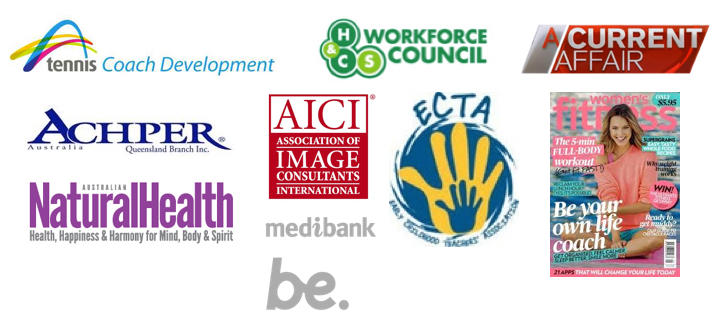“To accomplish great things we must first dream, then visualize, then plan… believe… act!”
~ Alfred A. Montapert
Is Visualisation part of your toolkit of Habits for Wellbeing?
Many years ago, I came across visualisation. It was in my past life as a professional tennis player, however I have used it since and it is part of my wellbeing toolkit – especially when I am planning a new year.
So, What Is the Definition Visualisation? (or Visualization for some countries).
I found the following definitions for visualisation or visualization (depending on your spelling) –
- “Formation of mental images” – Merriam-Webster Dictionary
- “..a technique involving focusing on positive mental images in order to achieve a particular goal” – Dictionary.com
- “a mental image that is similar to a visual perception” – The Free Dictionary
- “a technique involving focusing on positive mental images in order to achieve a particular goal” – Collins Dictionary
- “form a mental image of” – Oxford Dictionary
- “to form a picture of someone or something in your mind, in order to imagine or remember him, her, or it” – Cambridge Dictionary
“You cannot travel within and stand still without.” ~ James Allen
How Can I Use Visualisation?
There are a variety of ways to use visualisation. To make it easier, I will link visualisation to sport and can be used in the following ways –
- Mental Practice – practicing a specific single skill (e.g. when I was changing my service technique) or mental skill (e.g. problem solving). Mental practice can be used to maintain already learnt skills, improve a skill or learn a new skill.
- Mental Rehearsal – practicing of a complete performance (e.g. a match) or a type of play (e.g. baseline rallies or serve/volley). Mental rehearsal can be used to imagine desired plays against different opponents, situations or styles of play.
- Instant Pre-Play – mentally executing a skill just before you actually perform it. Instant pre-pay is used to have your concentration focused on the task at hand.
- Instant Replay – mentally practising a skill after you have performed the skill. Instant replay can be used to correct a mistake or to reinforce the ‘feeling’ in to the sensory memory.
- Self Scouting – replaying a performance the next day from the start (i.e. when you woke up) to the finish (end of event). Self scouting is used to identify the positives and improvements of the performance and then use these to guide training and preparation for the next match.

Question for Reflection –
Do you think you can learn and use visualisation as part of your toolkit for wellbeing? If so, how do you see yourself using it?
“Envisioning success brings you an inspiring image, but bringing that image to life requires action.” ~ Larina Kase
If you are ready to reclaim your courage and take the next step towards freedom and opening your heart, why not join our Toolkit?

















1 Comment
[…] Visualise my dream life and then take action to make it happen […]